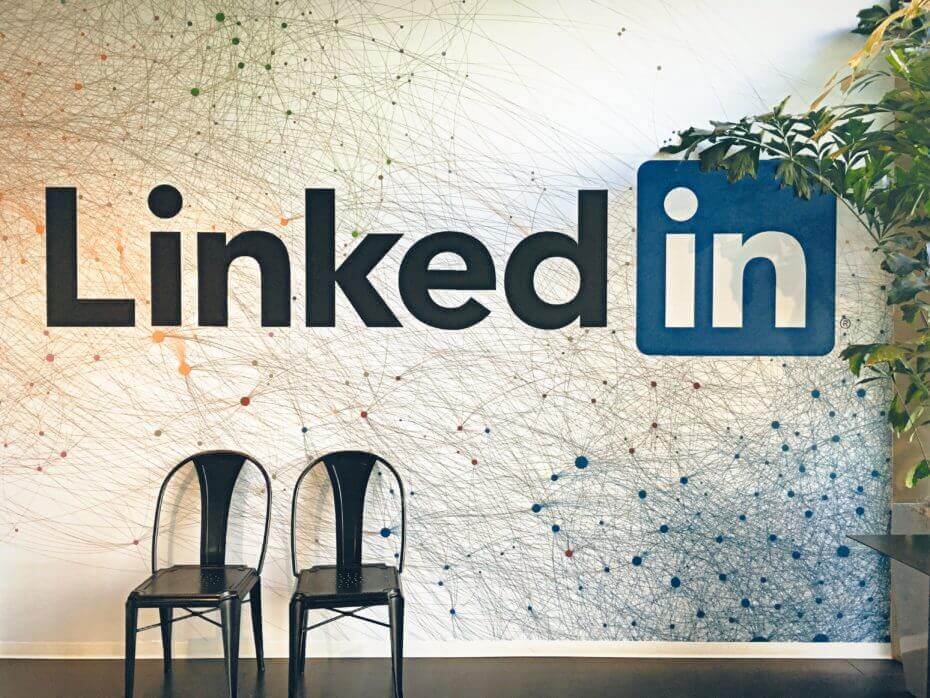
With more than 450 million users worldwide, LinkedIn is the most popular social network for professionals. It’s like Facebook, but without the cat memes. It’s also the No. 1 platform for business-to-business marketers thanks to its effectiveness in generating leads, building brand and product awareness and recruiting.
LinkedIn conversations tend to keep within strictly business parameters, which creates a strong niche audience that will be receptive to the right messaging. For these reasons, LinkedIn presents an opportunity for social selling and to reach prospects at the optimal point in the customer journey.
LinkedIn is as close to a social network “tool” as a brand can get—you pick it up when you need it and put it down when you don’t. It’s not a virtual hangout where users are plugged in 24/7, like Twitter and Facebook.
Users are generally looking for jobs, business prospects or to improve their personal brand. If you can show your usefulness in furthering any of these goals, you will succeed on LinkedIn.
Doing content right
One good way to demonstrate usefulness is to share well-curated articles with information relevant to your current or potential customers. If possible, write your own and host it on your website where visitors can find more information about your product or service. You can even re-post your content to the LinkedIn Publisher tool to directly reach your connections.
According to a Content Marketing Institute/MarketingProfs survey, 85 percent of respondents stated that content creation contributed to increased B2B success, so treat this as an opportunity to borrow from the expertise of other departments at your company. Sales, marketing and customer service/engagement can work together to produce functional content that creates value and shows your expertise. Identify your content sweet spot, which can be found at the intersection of what makes you passionate, what drives revenue and what your company does best.




